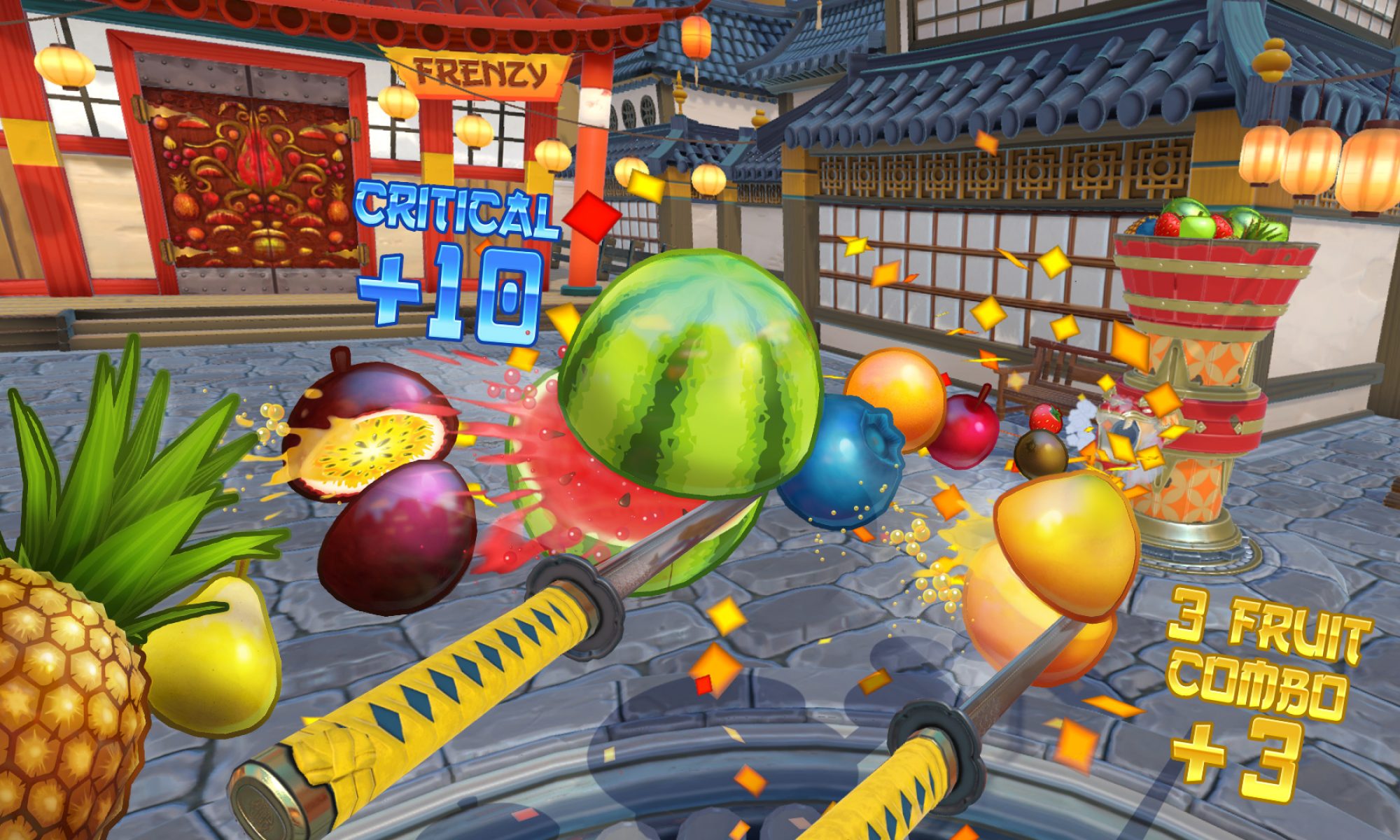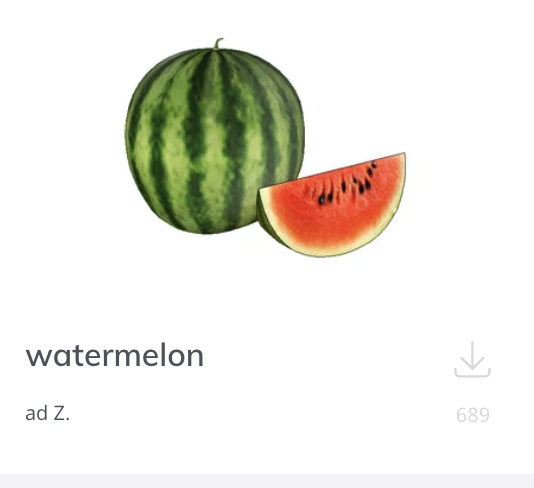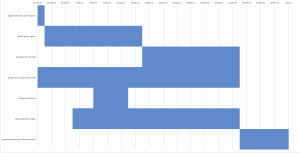Significant Risks:
- Creating an AR environment for our game. It is crucial for us to decide if we intend on using a regular background or the user’s living room as a background
- Tracking the LED glove using OpenCV + Unity. As of now our best option is to spend $95 and use the Unity module to track the input, we need to make a decision if we intend on going forward with this or writing our own library to enable Unity – OpenCV communication
Changes made:
- Based on feedback from our project proposal presentation we are quantifying our requirements and testing strategy
- Using Blender and sketchup.com for our 3D assets, using readymade assets will reduce time spent building our own assets
Schedule – No Changes



